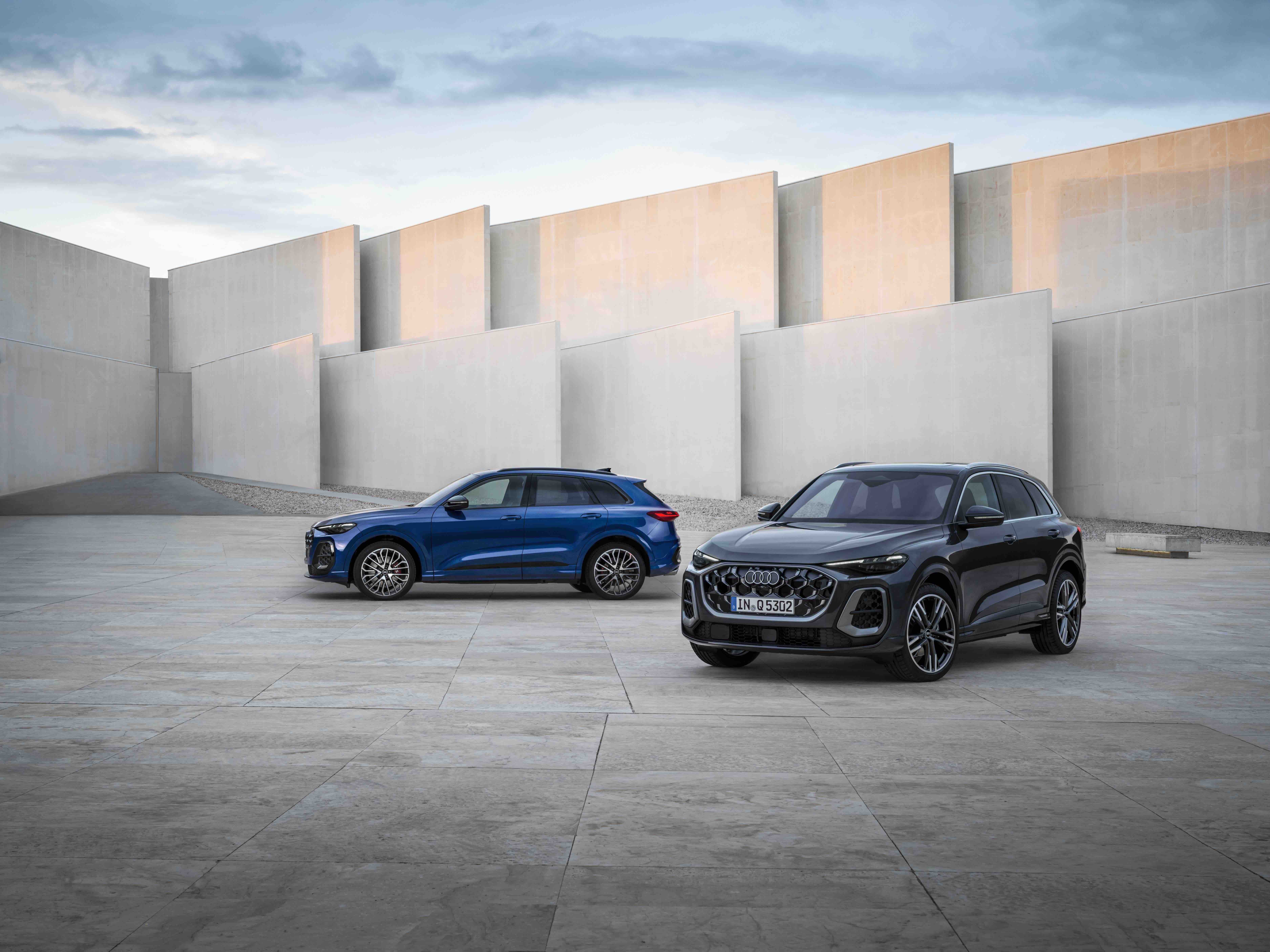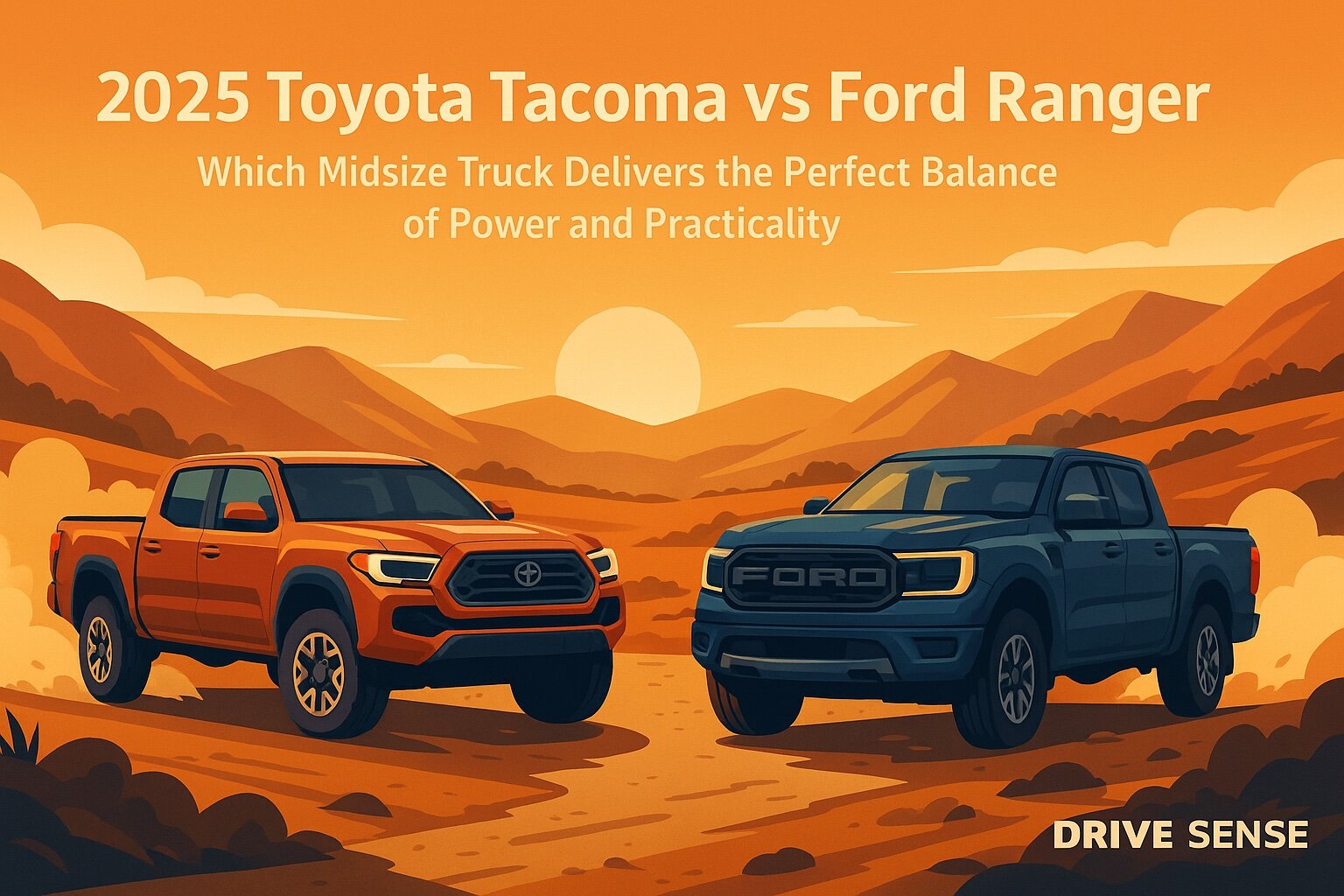The 2025 BMW X3 and Audi Q5: Familiar Foes Face Off
It’s 2025, and the rivalry between BMW’s X3 and Audi’s Q5 hasn’t lost an ounce of its spark. These two compact luxury SUVs don’t just share German roots they chase the same buyers: those who crave a blend of driving verve, comfort, and curb appeal. Having spent time behind the wheel of both, I can say the contest is as close as ever, with each offering distinct advantages that go beyond the spec sheet.
Under the Hood: Power, Performance, and Towing Chops
The 2025 BMW X3 arrives with a reworked lineup. The base X3 xDrive30 gets a turbocharged 2.0-liter four-cylinder delivering 255 horsepower and 295 lb-ft of torque numbers that edge out the updated 2025 Audi Q5’s 2.0-liter turbo-four (now at 261 hp and 273 lb-ft). Both send power through all-wheel drive via eight-speed automatics, shifting with satisfying crispness in everyday traffic. For those wanting more punch, BMW offers an M40i variant (inline-six; official specs pending for the U.S., but expect north of 380 hp), while Audi’s SQ5 brings a V6 with a robust 349 hp. Towing? Both max out near 4,400 pounds when properly equipped enough for a pair of jet skis or a lightweight trailer. No segment leadership here; they’re neck-and-neck, though neither is aimed at hardcore haulers.
On the Road: Steering Feel and Real-World Comfort
BMW still wears its “Ultimate Driving Machine” badge with some pride. The X3’s steering has honest heft weighted just enough to feel substantial at speed, but light in parking lots. There’s a hint of road texture through the wheel on Detroit’s pockmarked streets, but it never feels nervous. The Q5 leans softer: its steering is lighter, slightly numb on center, but suits relaxed suburban cruising. Audi’s adaptive dampers (available) do an admirable job muting expansion joints, though the cabin is never quite as hushed at highway speed as in the X3. Cabin comfort is close. Both offer supportive seats with adjustable lumbar and plenty of bolstering though I found BMW’s seat cushioning firmer on long drives (a personal preference call). Rear legroom is generous either way; taller adults will fit comfortably behind their equally tall friends.
Inside the Cabin: Where Buttons Meet Big Screens
This year, both SUVs jump further into digital territory. The BMW X3 debuts its curved display a sweeping panel blending gauge cluster and infotainment while Audi counters with its Virtual Cockpit and a crisp central touchscreen. BMW’s iDrive remains among the best for usability; rotary dial purists like me will miss it if it ever disappears completely. Audi’s system feels slick but can bury settings behind too many taps. Cabin materials? Both are solidly premium, if not groundbreaking. I noticed less piano-black trim in the new X3 (a mercy for fingerprint-averse drivers), and both brands deliver satisfying clicks from their climate knobs one of those small details that quietly signals quality.
Living With Them: Price Tags, Tech Features, and Long-Term Value
The X3 starts at around $48,000; the Q5 lands just shy of $47,000 before options neither is cheap once you tick a few boxes for desirable features like adaptive cruise or upgraded audio. Maintenance costs remain average for luxury SUVs: figure higher than a Lexus NX or Acura RDX but lower than some rivals from Mercedes-Benz. Resale values have historically favored BMW by a slim margin in this segment, though both hold up well due to strong demand for German crossovers. Warranty coverage is typical for the class: four years/50,000 miles bumper-to-bumper from both brands. EPA fuel economy figures for these specific 2025 models weren’t available at press time, but prior versions returned around 25–27 mpg combined in four-cylinder guise a fair expectation barring major powertrain overhauls.
The Final Word: Subtle Distinctions Matter
The BMW X3 remains the driver’s choice a hair sharper to steer and quieter on long slogs up I-75. The Audi Q5 counters with gentler ride compliance and an interior tech suite that feels just a bit more intuitive at first blush. Either makes a convincing case for itself; your decision may come down to whether you prefer crisp feedback through your fingertips or an extra layer of serenity on your commute. For those seeking a compact luxury SUV that balances engaging dynamics with day-to-day usability, neither contender disappoints but their personalities are distinct enough that one will likely suit your style better than the other.

